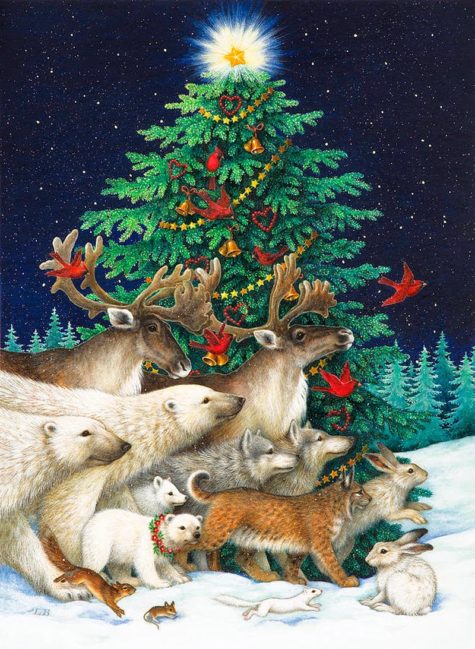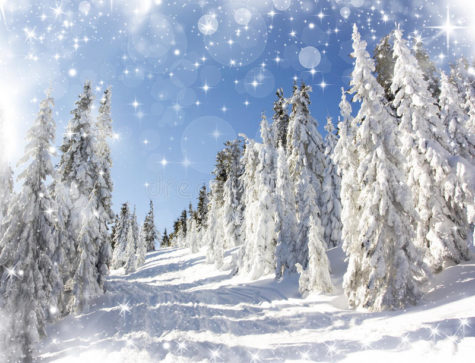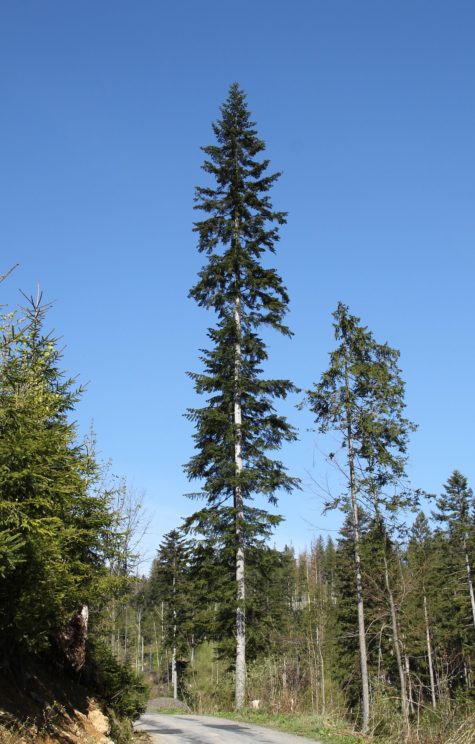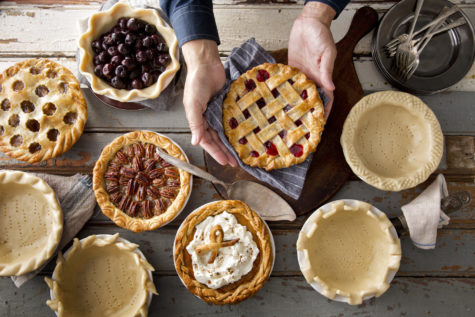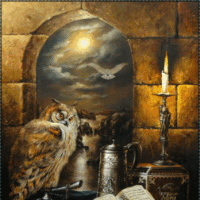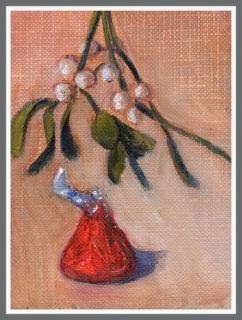Monthly Archives: November 2017
This beautiful second stop on the new Wheel of the Year represents the rebirth of the Sun! During Yule, we celebrate the ability to begin cultivating strength.
As the Holly King dies and The Goddess gives birth to the Oak King, we realize that we must thank and release the internal struggles that we worked through during the dark half of the year. Then, we welcome in the strength to use the lessons from our prior hardships. We celebrate the light that always comes after the dark, the peace that comes after the struggle.
- The Gods Of Yule: Apollo, Attis, Balder, Bacchus, Dionysus. The Green Man, Helios, Lugh, The Oak King, Odin, Ra, Sol
- The Goddesses of Yule: Aphrodite, Brigid, Demeter, Fortuna, Gaia, Hel, Holle, Ishtar, Isis
Yule Spell Work: Spell craft performed for Yule should be for peace, harmony, hope, strength, love, and increased happiness. Unconditional love, World healing, and World peace.
Symbolism of Yule:
- Hope after darkness,
- Lights to bring back the Sun,
- Rebirth of the Sun
At the Winter Solstice, the two god themes of the year’s cycle coincide – even more dramatically than they do at the Summer Solstice. Yule (from the Norse iul, meaning wheel) marks the death and the rebirth of the Sun God; it also marks the vanquishing of the Holly King, the god of the Waning Year, by the Oak King, the God of the Waxing Year.
The Goddess, who was Death-in-Life at Midsummer, now shows her Life-in-Death aspect; for although at this season she is the leprous white lady, Queen of the cold darkness, yet this is her moment for giving birth to the Child of Promise, the Son-Lover who will re-fertilize her and bring back light and warmth to her Kingdom.
- Symbols: Evergreens, Holly, Mistletoe, Poinsettias, Lights, Yule Log, Wreaths, Bells, Gifts, Stars, Sun, Snow, Ornaments, Garland, Santa Claus, Reindeer
Activities Of Yule:
Modern Christmas celebrations are full of pagan symbology. Santa Claus is the Holly King, the sleigh is the solar chariot, the eight reindeer are the eight Sabbats, their horns represent the Horned God, the North Pole symbolizes the Land of Shadows and the dying solar year, and the gifts are meant both to welcome the Oak King as the sun reborn and as a reminder of the gift of the Holly King, who must depart for the Oak King to rule.
- For prosperity: burn ash wood.
Activities include: caroling, wassailing , burning the Yule log, decorating the Yule tree, exchanging of gifts, feeding animals, birds with grains and seeds, become a part of nature, acts of kindness, wreath on the door, mistletoe indoors, kissing under the mistletoe, food and clothing donations, sunflower seeds outside for birds, ring the bell to greet the Solstice Morn, and perform magick for a peaceful planet.
- For Yule blessings: Gather up Yule greens after 12th night and save. At Imbolg, burn the greens to banish winter and usher in spring.
Foods of Yule:
Cookies and caraway cakes soaked in cider, nuts, eggnog, ginger tea, warm and warming drinks, spiced cider, wassail, or lamb’s wool (ale, sugar, nutmeg, roasted apples), figgy pudding, mincemeat pies, and fruit cakes, apple cider, spiced cinnamon cakes and cookies, dried fruits, eggnog, gingerbread, mulled wine, roasted meats, spiced meats, roasted apples.
Trees for Yule:
- Oak : Endurance, Strength, Triumph, Protection.
- Yew : Last Day of Solar Year; Death
- Silver Fir: Winter Solstice Day; Birth.
- Birch: Month following Winter Solstice; Beginnings.
The Animals of Yule:
Bears. Deer, Owls, Phoenix, Reindeer, Snow Geese, Squirrels. Stags, Cardinals, Wrens, and Ravens.
Yule Colors:
Gold, Green, Red, White, Silver, Yellow, Orange
Herbs for Yule:
- Bay Laurel, Blessed Thistle, Chamomile, Cinnamon, Evergreen Trees, Holly, Ivy, Juniper, Mistletoe, Pine, Poinsettias, Rosemary, Sage, Wintergreen, Holly, Fir, Birch,
Sun plants like mistletoe, balsam, and fir, and also any dried herbs from Summer, are predominant this time of year because they contain light and warmth.
On Yule, when witches decorate their houses, they do so from the doorway inward, this inviting the light inside. We adorn doorways and mantles with evergreen boughs, bunches of dried summer herbs and Witches cords in reds, blacks, greens, and golds. Our ancient ancestors brought an evergreen tree inside to mystically ensure there would be light all year round. The evergreen retains sunlight, staying green all year, and reminds us that life is forever present and renewable.
Other Yule herbs, plants, flowers and seeds:
- Pine cones, Pine needles, Oak leaves, Yule log ashes, Hazel bark, Apple leaf, Dried apples
Incense and Oils for Yule:
Cedar, Cinnamon, Clove, Frankincense, Juniper, Myrrh, Orange, Pine, Ginger, Wintergreen
Gemstones for Yule:
Rubies, Bloodstones, Garnets, Emeralds, Diamonds, Clear Quartz
In summary:
Being the time of rebirth, this is a great time to remove anything that holds us back and to sow the seeds for the upcoming year. Success spells are best cast this evening. Many people also perform blessings, not only for themselves and their families, but for others as well. Cleansing your home and altar and banishing negativity can also be done this night. Whatever you do, make sure your heart is filled with peace, love, and joy and work magic to bring merriment to others.
According to Celtic tree mythology, the Silver Fir is the tree of the day of the Winter Solstice. The Winter Solstice. This usually takes place on December 20th or 21st, although it does sometimes occur on the 22nd or 23rd (check your calendar as it changes from year to year).
- Latin name: Abies alba.
- Celtic name: Ailim (pronounced: Ahl’ em).
- Folk or Common names: Common Silver Fir, Balm of Gilead Fir, Balsam Fir, American Silver Fir.
- Parts Used: Needles, wood, sap
Magical History and Associations:
The Silver Fir is associated with the moon and with the planet of Jupiter. Its colors are piebald and light or pale blue. Its birds are the eagle and the Lapwing, and its animal association is the red cow. Its stones are Tourmaline and Amber – and it is a feminine herb. This tree belongs to the triple aspect Goddess in Celtic lore, offering learning, choice and progress. The tree is sacred to many Goddesses: Artemis (the Greek Goddess of Childbirth), Diana and Druantia among them. It is also sacred to the Gods Osiris and Attis, both who were imprisoned in Fir/Pine trees.
Magickal usage:
Burn to cleanse a room of negative vibes. This is a wonderful incense for healing and strengthening the physical, emotional, and spiritual body. The scent opens the heart and increases endurance.
The Silver Fir is used for magick involving power, insight, progression, protection, change, feminine rebirth, and birth. The Silver Fir and the Yew are sisters standing next to each other in the circle of the year and their foliage is almost identical. However the Yew is known as the tree of death and the Silver Fir is the tree of birth or rebirth. The Silver Fir was a sacred tree to the Druids who felt that it stood for hope. The Silver Fir wood is used for shape-shifting and magic involving change, since it offers a clear perception of the present and the future.
The wood chips are sometimes used as incense and the wood can be used in the construction of magickal musical instruments. Burning the needles of the Silver Fir or sweeping around the bed with a branch that has been blessed will protect a new born baby and its mother. In the Orkney area of Scotland, the new mother and baby are ‘sained’ by whirling a fir-candle three times around her bed.
For a ‘Weather Witch’ the cones of the Silver Fir warn of wet weather and foretells when a dry season approaches. Charms made of Fir can be given as good luck tokens to departing friends. In its appearance (and in its current, and undoubtedly ancient, use) the Silver Fir is the quintessential Yule tree. Its branches can be used as decorations at Yule time either as wreaths or as garland, where it will provide protection for the household and its occupants.
Recommended Reading:
- Year of Moons, Season of Trees
- Tree Medicine Tree Magic
- A Druid’s Herbal
- Celtic Astrology
- Glamoury: Magic of the Celtic Green World
- The Book of Druidry
Source: Dutchi.org
- Ruler: Venus
- Type: Baked good
- Magickal form: Various fillings
Originating in ancient Greece and Rome, pies are associated with happiness, love, and wholeness. Eat cherry pie to increase self-confidence and find self-love. All fruit pies invoke love when shared with another. Meat pies create fillings of security. Place your thumb in a pie and make a wish, it might come true.
Mince pie magick and lore:
Mince pies (sometimes known as mince tarts) are a popular part of Christmas. Most people think they will gain a month of good luck for every mince pie they eat during the Christmas season, as long as a different person makes each pie. One hundred years ago, the tradition was that each pie had to be eaten at a different person’s house, and they had to be consumed between December 25 and January 6. This gave you twelve days in which to eat enough pies to guarantee a year of good luck.
The mincemeat mixture should only be stirred in a clockwise direction. To stir it anticlockwise is to bring bad luck for the coming year. A wish should be made whilst eating your first mince pie of the festive season.
Pies and Their Magickal Qualities:
- Apple pie: Love, Healing, Peace
- Banana cream pie: Money
- Blackberry pie: Money, Sex
- Chocolate cream pie: Money, Love
- Cherry pie: Confidence, Self esteem, Love
- Lime pie: Love, Purification
- Lemon pie: Purification, Love
- Mince pie: Luck, Money (always make a wish when eating a mince pie)
- Pecan pie: Money
- Pineapple pie: Love, Healing, Money, Protection
- Pumpkin pie: Money, Healing
- Raspberry pie: Happiness, Love, Protection
- Rhubarb pie: Protection, Love
- Square sweet pies: Prosperity
- Strawberry pie: Love
From: Encyclopedia of Magickal Ingredients and other sources
Crossroad is a symbolic term denoting the union and joining of paths. The association of the crossroad with Witchcraft goes back to ancient Greek and Roman times. Classically the crossroad symbolizes a joining of three roads, the balance of opposites, and the meeting of time and space.
In the Aegean/Mediterranean region crossroads were sacred to Hecate, Triformis, and Diana. Ovid, an ancient Roman writer, speaks of Hecate as having three faces with which to guard the crossroads as they branched out. Verro, another ancient writer, equated Diana with Hecate and stated the images of Diana were stationed at the crossroads. Other writers of the period called this goddess Artemis-Hekate, and attributed the mother goddess aspect to her.
The crossroads are likewise associated with the ancestral spirits called Lasa or Lares. These beings were originally thought to be spirits of the forests and meadows, the fairy folk, and spirits of Nature. With development these spirits became associated with the cultivated fields, and eventually the Lara became protectors of the family and home, and associated with the hearth.
Also, in the archaic Roman religion small towers were constructed at crossroads, and an altar was placed before them upon which offerings were laid. Such towers were associated with Nature spirit worship and demarcation. Possibly this may be the foundation of the concept of Watchtowers within modern Witchcraft.
Since classical times the crossroad has been a favored place for Witches to gather because of its link to Nature spirits and the moon goddess. When the symbolic crossroads were Christianized they became symbols of dread. Crossroads become the construction sites for gallows, and suspended cages that contained bodies of criminals. Also, suicide victims, who were not permitted burial in hallowed churchyards, were frequently buried near a crossroad. Then too, the Judaic-Christian Devil was said to hover near crossroads. All of this, of course, helped to defile the sacred grounds where Witches gathered.
Source: The Mystica
